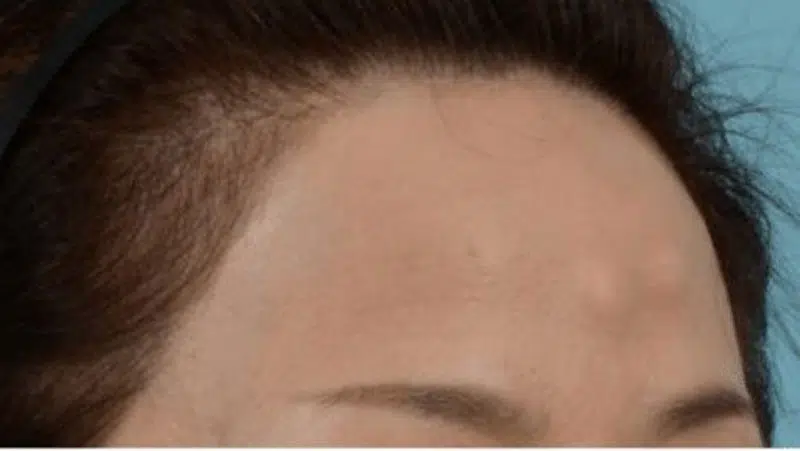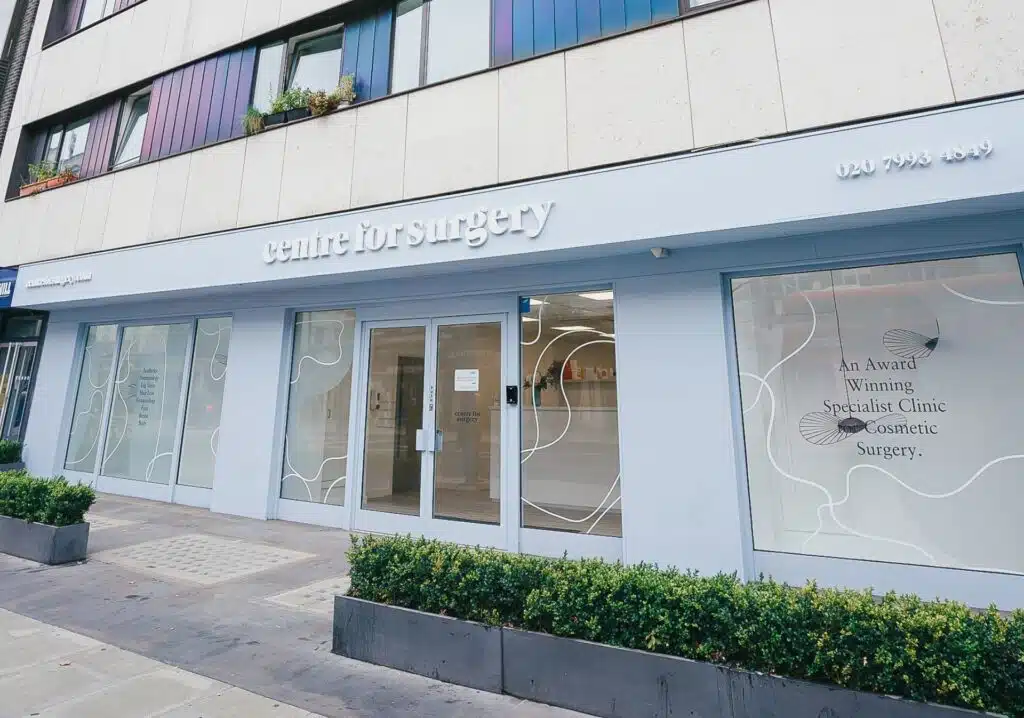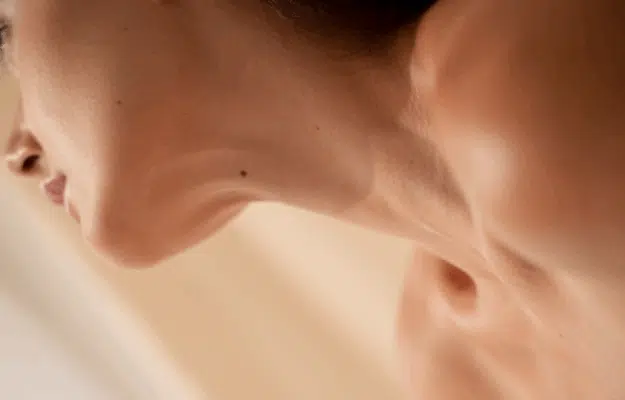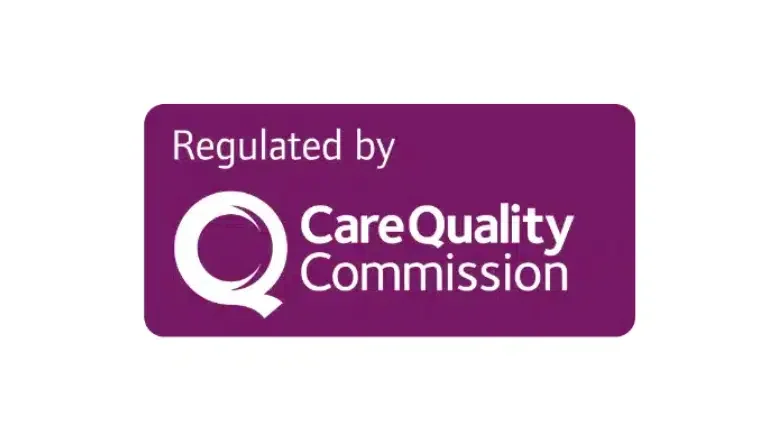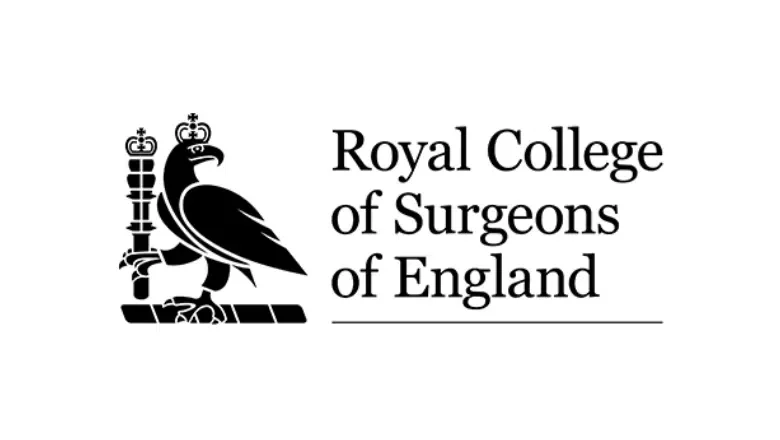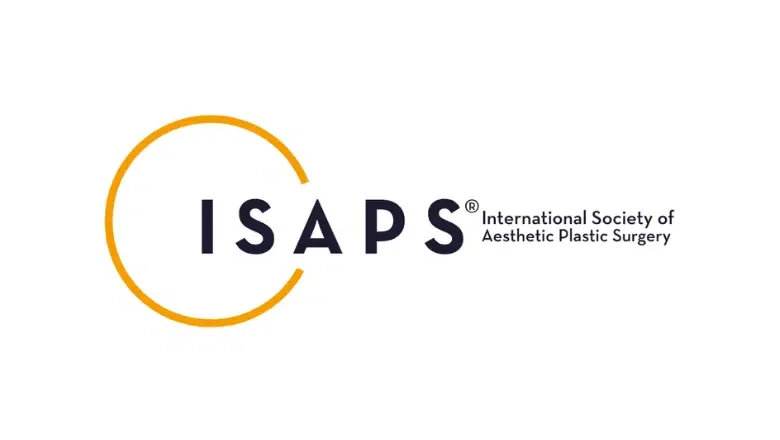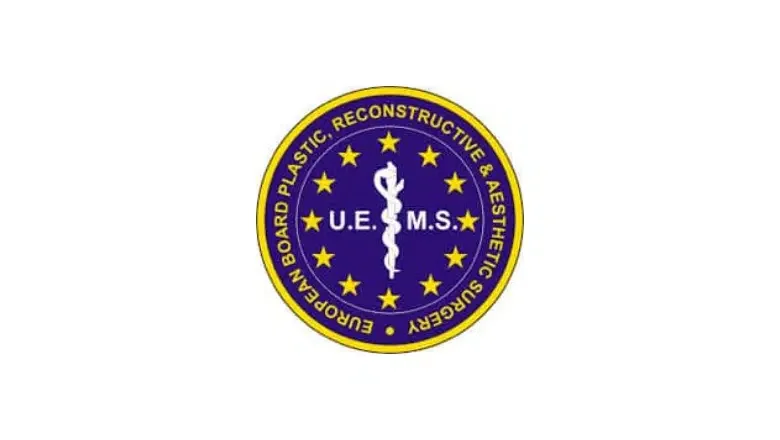At Centre for Surgery, one of the most asked about procedures is forehead osteoma removal. But what exactly is it, and what does surgery involve?
RELATED: Osteoma Removal
What is forehead osteoma removal?
An osteoma is a benign growing lesion located on the forehead but can also be found on the neck. The lump consists of bone, which forms beneath the skin and can appear as a singular lump or multiple lumps. They can be apparent from birth or appear as we age. The osteomas are often slow-growing. However, they can be unsightly and cause self-esteem or self-image problems. Currently, the cause of forehead osteomas is unknown. Sometimes they may occur as a result of a head injury; however, the cause of osteomas apparent from birth is unknown.
While forehead osteomas are benign and do not cause any further health problems, many people will opt to have them surgically removed.
Am I a good candidate for forehead osteoma removal?
Before undergoing forehead osteoma removal, it is necessary to confirm that the growth is indeed an osteoma. Forehead osteomas are often misdiagnosed as lipomas. However, there is a crucial difference between osteomas and lipomas. While osteomas are formed of bone, lipoma is composed of fatty tissue. A lipoma will feel soft and be able to move when touched, while an osteoma will be hard to touch and will not move.
To be considered for forehead osteoma removal, you will need to be:
- 18 years or older
- Physically and mentally healthy
- Have a healthy BMI
- Have realistic expectations about what surgery can achieve.
RELATED: Am I Suitable for Endoscopic Forehead Osteoma Removal?
How is a forehead osteoma removed?
There are numerous options available for the surgical removal of a forehead osteoma. These include:
Direct incision method
This involves the surgeon making an incision directly over the osteoma. The bone is removed using a small bone chisel. The osteoma is then separated at the base and smoothed, leaving a flat forehead surface.
Minimal access method
This is often preferred for individuals who do not want an incision made directly over the osteoma and for those with less dense bone. In this method, the incision is made within the hairline, making it invisible. The osteoma is gently scraped off, and the raised area is flattened.
Before osteoma removal surgery, you will have an in-depth consultation with your surgeon, who will be able to determine which method is most suitable and preferred for you.
What happens after the operation?
Forehead osteoma removal is considered a minimally invasive procedure. The majority of people can return to work the following day.
It is normal to experience some swelling around the area where the osteoma was removed, which can be alleviated with the application of an ice pack. You may also experience some mild pain and discomfort. Your surgeon will be able to give you medication to help alleviate any symptoms.
Are you interested in forehead osteoma removal? Centre for Surgery currently offers this procedure. Contact us today to find out more or to book a consultation.
